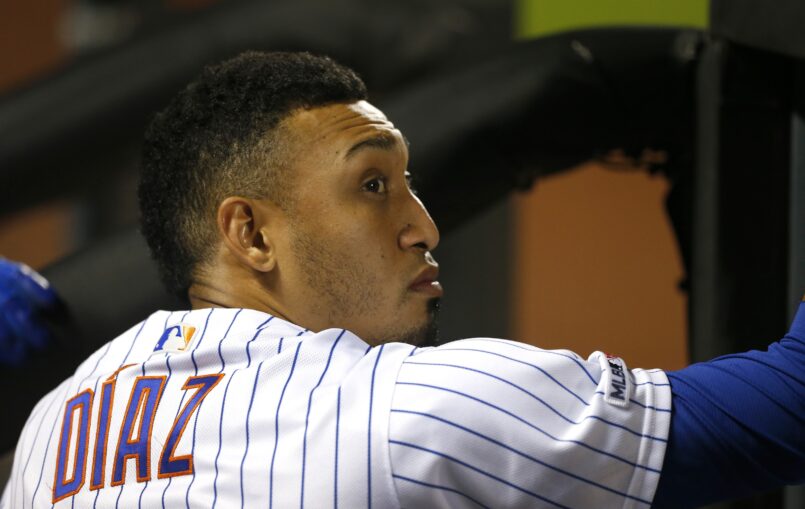
In last week’s article, we reviewed the Mets five best offseason acquisitions of the decade. Today, let’s look at the Mets five worst acquistions from the years 2010-2019. I only included players who were signed as free agents or were acquired in trades during the offseason.
5. Andres Torres and Ramon Ramirez for Angel Pagan
After Angel Pagan’s disappointing 2011 season (0.9 WAR), he was shipped to the Giants for Andres Torres and Ramon Ramirez. It was a trade that the Mets regretted immediately.
Pagan rebounded with an impressive 2012 season, slashing .288/.338/.440 with 29 steals. The centerfielder recorded 4.6 WAR for the World Series champion Giants.
Meanwhile, the Mets received poor production from both Torres and Ramirez. Torres struggled with a .230/.327/.337 triple slash line in 132 games, and Ramirez – who owned a 2.77 ERA and 1.21 WHIP over the previous four seasons – regressed to a 4.24 ERA and 1.46 WHIP in 63.2 innings of relief.
The Mets should have never sold low on Pagan, who was always underrated with the Mets. He led the team with 4.8 WAR in 2010 – and batted .306 with a 122 OPS+ in 2009 – so it shouldn’t have come as a surprise to see him return to his previous levels production.
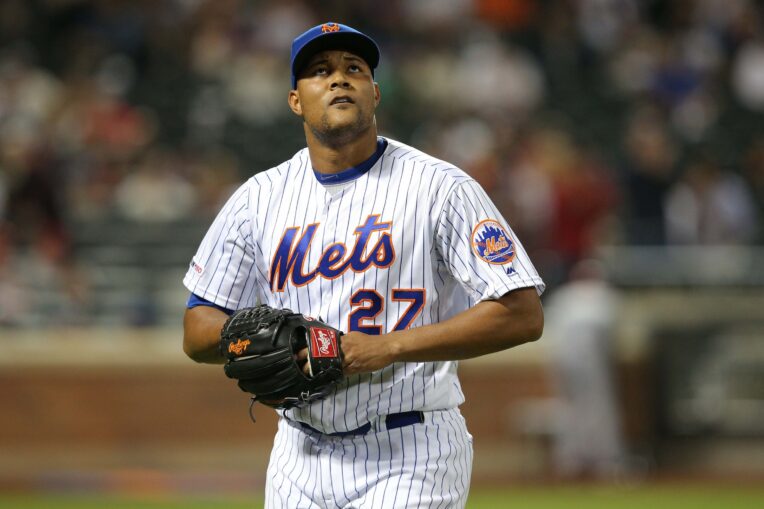
4. Jeurys Familia: Three years, $30M
It’s only one year into Familia’s contract, but his 2019 was so nightmarish that it earned the fourth spot on this list. Out of all qualified relief pitchers this year, Familia’s 1.73 WHIP was the worst in the MLB.
Additionally, his 5.70 ERA was the MLB’s fifth worst. He walked batters at an alarming rate (6.3 BB/9), and he had a 4.88 FIP in 60 innings pitched.
Can Familia be fixed? From 2014-2016, Familia saved 99 games with a 2.20 ERA and 2.73 FIP. And in 2018 with Mets and A’s, he produced a solid 3.13 ERA and 2.65 FIP in 72 innings.
The possibility that Familia can regain some semblance of his former effectiveness – even if it’s a slim chance – is what prevents him from ranking a spot higher on this list. But it will take an impressive turnaround for fans to forget his brutal first year back with the team.
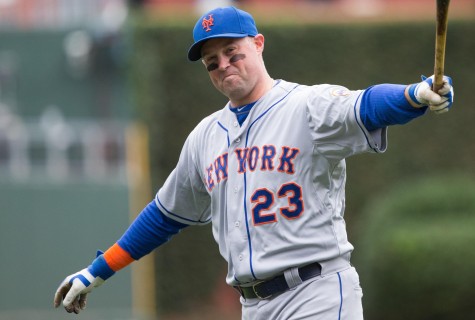
3. Michael Cuddyer: Two Years, $21M
Cuddyer retired halfway through his contract after a miserable 2015 showing. He batted .259/.309/.391 with 10 homeruns and 41 RBI, and only produced 0.2 WAR in 117 games. It was a sudden decline for the 2013 NL batting champion, and the Mets missed the warning signs.
While Cuddyer batted .331/.385/.543 over the previous two years, he benefited from playing in the hitter’s paradise of Coors Field. He also struggled to stay healthy in Colorado, playing just 47 games in 2014 and averaging 93 games a season – a major red flag for a 36-year-old veteran.
Additionally, the Mets sacrificed their first-round pick (15th overall) in the 2015 draft to sign Cuddyer, so it was a costly move that got the Mets very little in return.
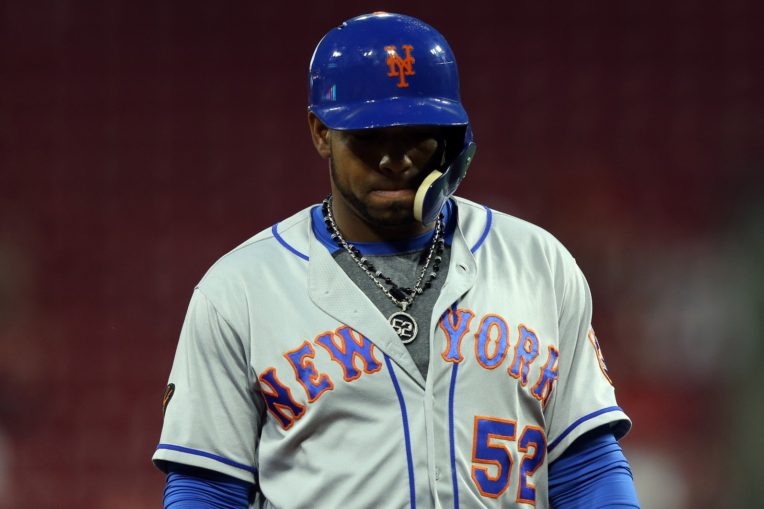
2. Yoenis Cespedes: Four years, $110M
It doesn’t feel right putting Yoenis Cespedes on this list. When the Mets acquired him at the 2015 trade deadline, he was incredible. He crushed 17 homeruns and 44 RBI in 57 games, and his .942 OPS carried the Mets to the division title and the World Series.
But injuries have caused his $110M contract to become a disaster. In 2017, two hamstring injuries limited Cespedes to 81 games. And during 2018, the slugger underwent season ending surgery on both of his heels. He only played 38 games that season.
Cespedes was expected to return in 2019, but he missed the entire season after fracturing his ankle at his Florida ranch. The Mets described his injury as a “violent fall.” And since the Mets haven’t released many injury updates for Cespedes, his status for 2020 is unclear.
It’s hard to fault the Mets for locking up Cespedes after he opted out his contract in 2016. He was excellent during his first two seasons in New York, and there was no way they could have foreseen how much time he would miss with injuries. But the bottom line is that the Mets have been paying $29M per season for a player that has spent more time on the IL than on the field.
Cespedes will always be remembered for his contributions in 2015 and 2016, but the contract he signed after those seasons is undeniably one of the decade’s worst.
Dishonorable mentions

Before we get to the worst acquistion on this list, let’s review some bad moves that missed the cut but are still worthy of disucssion.
Jason Bay: Four years, $66M
The only thing that saves Jason Bay from making into the top five is that his contract was signed in December of 2009. But since he misses the cutoff by just a few days, he deserves a mention.
The Mets signed Bay after he smashed 36 homeruns with 119 RBI and a .921 OPS with Boston, but his power suddenly disappeared in New York. He hit just six homeruns with a .749 OPS in his first Mets’ season, and his performance only got worse from there.
He produced a .703 OPS in 2012, and he batted .165/.237/.299 the following year.
Some have blamed the old Citi Field dimensions for Bay’s power outage. Others pointed to the multiple concussions that he suffered as the cause of his decline. Either way, Bay’s contract ranks among the most disappointing in Mets’ history.
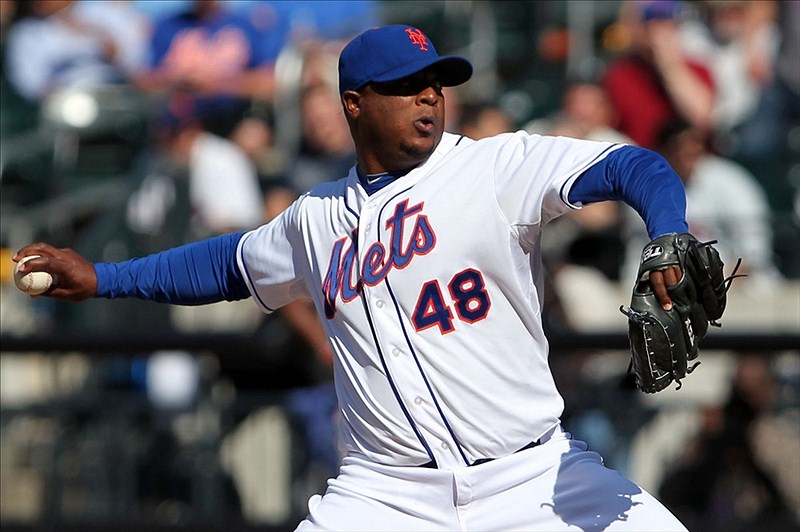
Frank Francisco: Two years, $12M
Signed to be the Mets closer in 2012, Francisco struggled with a 5.53 ERA and 1.60 WHIP. He missed almost all of 2013 due to injury, and he angered fans with his off the field behavior. Francisco reportedly advised Jenrry Mejia to not work hard on his way back from injury, so that he could continue collecting money on the disabled list.
Before signing with the Mets, Francisco’s reputation was already notorious. In 2004, he was arrested for throwing a chair into the stands that hit a woman in the face and broke her nose.
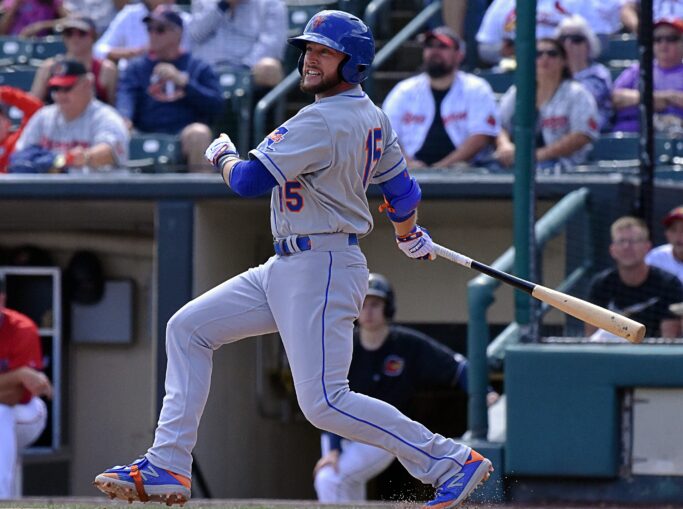
Photo by James Farrance Photography
Jed Lowrie: Two years, $20M
For most of 2019, it seemed like Lowrie would never play for the Mets. He missed almost the entire season with knee, hamstring and calf injuries. He finally appeared in late September, but he went hitless in seven at-bats.
In 2018 with the A’s, Lowrie hit 23 homeruns with 99 RBI and a .801 OPS. Hopefully, the 36-year-old infielder returns to health in 2020, but the Mets shouldn’t count on it.
Now let’s reveal the worst Mets’ acquisition of the decade:

1. Robinson Cano and Edwin Diaz for Jarred Kelenic, Justin Dunn, Anthony Swarzak, Jay Bruce, and Gerson Bautista.
We all knew this one was coming…
It was a poorly conceived trade from the start, and it couldn’t have played out any worse this year. Cano posted the second worst OPS of the his 15 year career (.736), and Diaz not only regressed, but completely crumbled. He produced a 5.59 ERA in 58 innings, and he lost the closer’s job.
Meanwhile, Kelenic, the Mets’ 2018 first round pick, excelled with a .904 OPS, 23 homeruns and 20 steals in 117 minor league games. Justin Dunn, the Mets 2016 first round pick, also performed well with a 3.55 ERA and 1.19 WHIP in Double-A. Additionally, the Mets are paying the majority of Robison Cano’s $24M per year salary, hindering their payroll flexibility.
There isn’t much more to say about this disaster of a trade that hasn’t already been said. The Mets overpaid for a closer coming off a career year, and it backfired in spectacular fashion. It cost them one of the game’s most enticing prospects, and they are now stuck paying a rapidly declining Cano at an exorbitant price.














